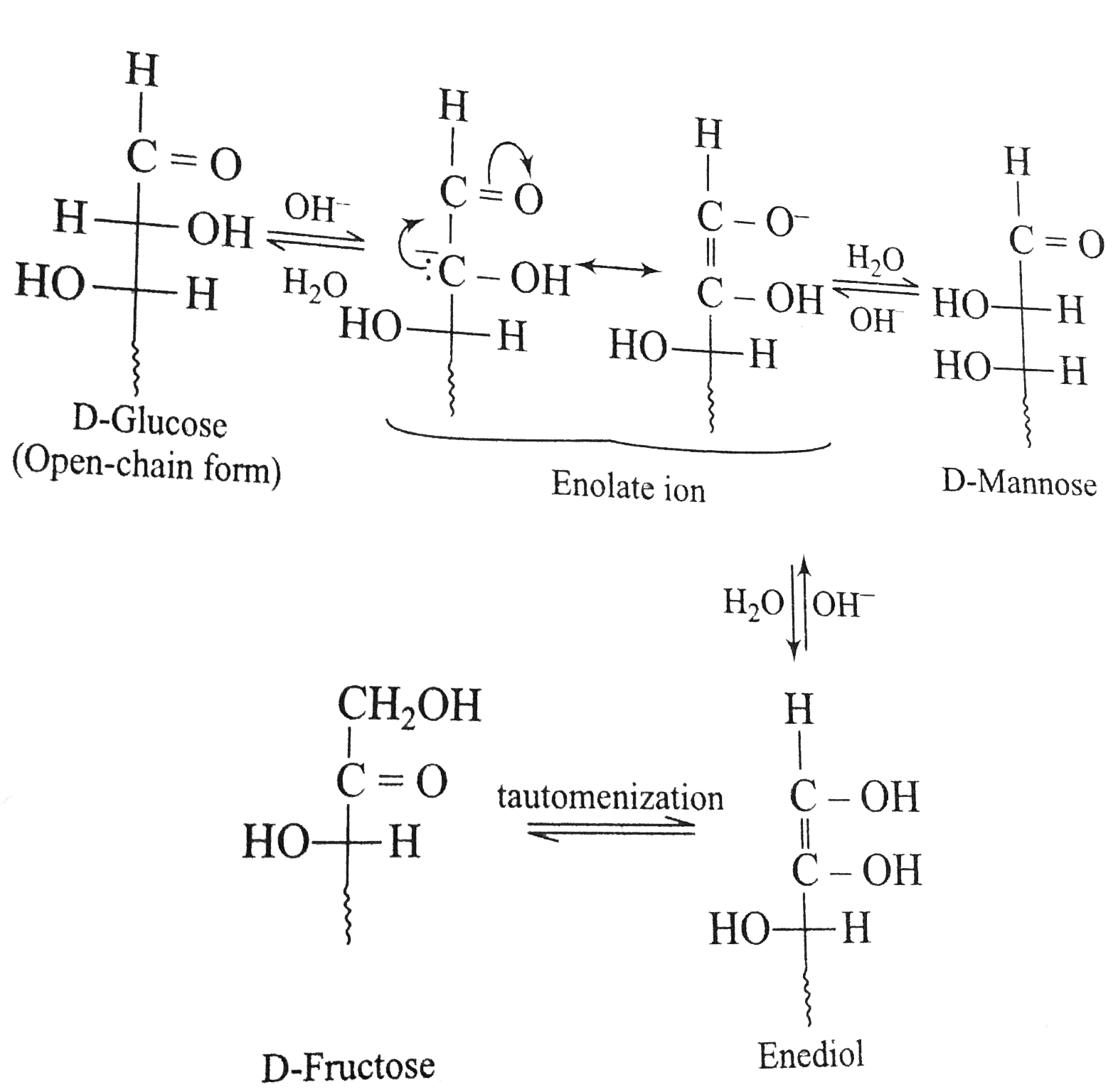Dissolving monosaccharaides in aqueous base causes them to undergo
A
enolization
B
tautomerization
C
isomerization
D
all of these
Video Solution
Text Solution
The correct Answer is:D
If a solution of glucose containing calcium hydroxide is allowed to stand for several days, then several products can be isolated, including fructose and mannose. Thus, monosaccharides undergo isomerization via enolate ions and enediols (e.g., glucose isomerizes to mannose and to furctose) when placed in aqueous base.
This type of reaction is called the Lobry de Bruyn-van Ekenstein rearrangement. When carrying out reaction with monosaccharides it is usually important to prevent these isomerizations and thereby the stereochemistry at all of the stercocentres.
One way to do this is to convert the monosaccharide to the methyl glycoside first. We can then safely carry out reaction in basic media because the aldehyde group has been converted to tan actual are stable in aqueous base.

|
Updated on:21/07/2023
Topper's Solved these Questions
- BOOK - R SHARMACHAPTER - BIOMOLECULESEXERCISE - Archives47videos
BIOMOLECULES
- BOOK - R SHARMACHAPTER - BIOMOLECULESEXERCISE - Question Bank Level - III14videos
BIOMOLECULES
- BOOK - R SHARMACHAPTER - AMINESEXERCISE - Archives36videos
AMINES
- BOOK - R SHARMACHAPTER - CHEMICAL KINETICSEXERCISE - Archives39videos
CHEMICAL KINETICS
Similar Questions
Knowledge Check
- Question 1 - Select One
Strongest base in aqueous phase is
ANH3BC2H5NH2C(C2H5)2NHD(C2H5)3N - Question 2 - Select One
An aqueous solution of copper sulphate is acidic in nature because the salt undergoes
AdialysisBelectrolysisChydrolysisDphotolysis - Question 3 - Select One
The cause of beats is that the two waves undergo
AdiffractionBinterferenceCreflectionDrefraction
Addition or deletion of a nitrogenous base causes
View SolutionCrO3 dissolves in aqueous NaOh to give
View SolutionCrO3 dissolves in aqueous NaOH to give
View SolutionCrO3 dissolves in aqueous NaOH to give
View SolutionA' is an aqueous acid , 'B' is an aqueous base. If they are diluted separately , then
View Solution
